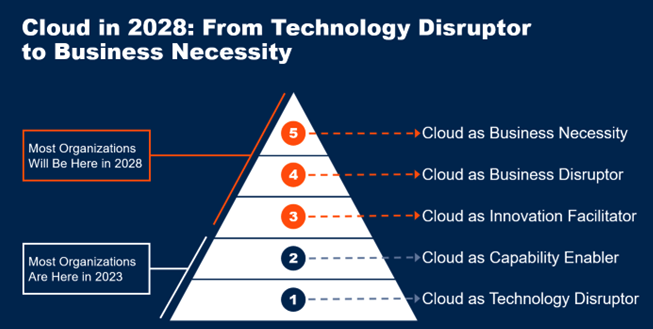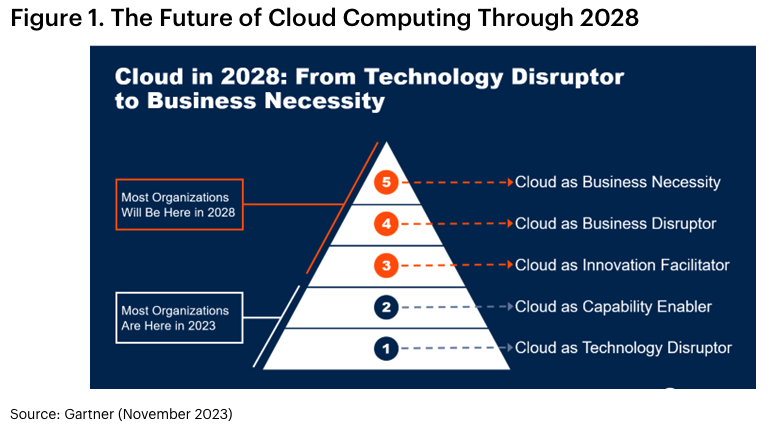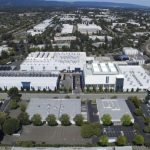Cloud Will Become a Business Necessity by 2028

Global Public Cloud Services Spending to Total $679 Billion in 2024
By 2028, cloud computing will shift from being a technology disruptor to becoming a necessary component for maintaining business competitiveness, according to Gartner, Inc.
IT spending on public cloud services continues to rise unabated. In 2024, worldwide end-user spending on public cloud services is forecast to total $679 billion and projected to exceed $1 trillion in 2027.
“Organizations are actively investing in cloud technology due to its potential to foster innovation, create market disruptions, and enhance customer retention in order to gain a competitive edge,” said Milind Govekar, Distinguished VP Analyst at Gartner. “While many organizations have started to seize the technical advantages of cloud, only a few have unlocked its full potential in supporting business transformation. As a result, organizations are using the cloud to launch a new wave of disruption driven by artificial intelligence (AI), enabling them to unlock business value at scale.”
Gartner analysts discussed cloud’s future evolution during Gartner IT Symposium/Xpo in India, taking place through Thursday.
The Role of Cloud in 2023
Most companies currently consider the cloud as a technology platform. In 2023, organizations are using cloud computing either as a technology disruptor or capability enabler. Gartner predicts that more than 50% of enterprises will use industry cloud platforms by 2028 to accelerate their business initiatives. In 2028, most organizations will be leveraging cloud as a business necessity (see Figure 1).

Organizations that are utilizing the cloud as a technology disruptor are harnessing its transformative potential to revolutionize non-cloud, data-center oriented computing styles and technologies. “As businesses navigate through digital transformation journeys, movement to the cloud becomes a key decision point,” said Govekar.
Companies that are adopting cloud technology as a capability enabler are using its potential to enable new capabilities such as elasticity, rapid continuous integration/cloud delivery (CI/CD), serverless functions and AI-infused APIs and processes that were difficult to achieve pre-cloud. To exploit these new capabilities, organizations must carefully evaluate factors such as their investment in skills development, breaking down operational silos, and promoting collaboration among teams to seamlessly adopt automation.
Cloud as a Business Necessity in 2028
Over the next few years, cloud computing will continue to evolve from being an innovation facilitator to a business disruptor and, ultimately, a business necessity.
With cloud computing as an innovation facilitator, organizations can distribute platform business concepts widely by using its underlying platform technology to provide interconnections, scale, aggregation and analysis capabilities, which allows the use of technology as a fundamental component of a business model.
“By leveraging the ecosystem of cloud providers, organizations can introduce innovative products and services, such as fraud prevention solutions for second-hand cars from tire manufacturers, or rapid vaccine development through cloud-based machine learning by pharmaceutical companies,” said Govekar.
By 2028, most organizations will fully transform into digital entities capable of sensing and responding to business and market conditions. “With cloud computing becoming an integral part of business operations in 2028, CIOs and IT leaders will have to implement a highly efficient cloud operating model in order to achieve their desired business objectives,” said Govekar.



